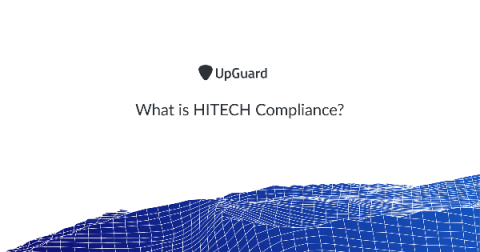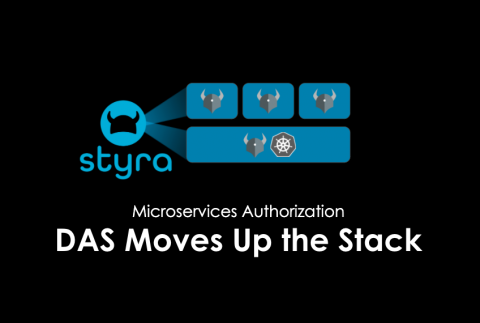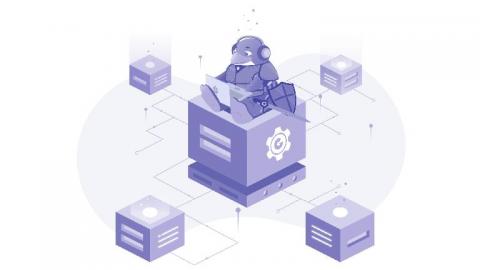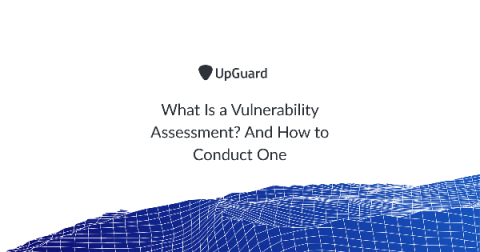DevSecOps vs. SecDevOps: A Rose by Any Other Name?
The terms DevSecOps and SecDevOps are often -- but not always -- used interchangeably. So is there any real difference between the two terms or is it all just semantics? Let’s look at how the role of security has changed as the software development life cycle (SDLC) has evolved to explore whether there’s really any difference between these two words.











